DOI: 10.13140/RG.2.1.1529.3601
ABSTRACT
Strength of recommendations: Weak in favor of using the technology
Technology: 13-valent pneumococcal conjugate vaccine (PCV13)
Indication: Protecting children between six weeks and six years old against the serotypes (1, 3, 4, 5, 6A, 6B, 7F, 9V, 14, 18C, 19A, 19F and 23F) of pneumococcal diseases such as meningitis, sepsis, pneumonia and otitis media, caused by Streptococcus pneumoniae (S. pneumoniae).
Characterization of the technology: 13-valent pneumococcal vaccine stimulates the immune system of the child to produce immune response and long-term immunological memory in order to reduce the risk of contracting pneumococcal disease caused by serotypes present in its composition.
Question: Is the use of PCV13effective and safe for prevent pneumococcal diseases in children?
Search and analysis of scientific evidence: We searched the Medline (via Pubmed), The Cochrane Library (via Bireme), Lilacs and the Centre for Reviews Dissemination (CRD). It included Systematic Review (SR) withmeta-analyzes evaluating the efficacy and safety of PCV13 in the prevention of pneumococcal disease in children and pharmacoeconomic studies that evaluated the use of PCV13 compared to 10-valent pneumococcal vaccine (PCV10). There were included studies of cost-effectiveness, cost-utility, cost-benefit and cost-minimization. The quality of evidence and strength of recommendation were assessed using the GRADE system and its variance.
Summary of results of selected studies: There were included one SR with metanalyse, comparing 7-valent pneumococcal vaccine (PCV7) to PCV13, and 11 pharmacoeconomic studies that include cost-effectiveness analyses of PCV7, PCV10 and PCV13. The SR, with moderate quality, demonstrated similar safety and effectiveness profile in the production of antibodies against the common serotypes to the alternative therapy as well as a greater capacity for protection from the additional serotypes (3, 6A, 19A). The pharmacoeconomic studies showed different results of cost-effectiveness (PCV10 was dominated in three and PCV13 in four). The cost-effectiveness analyses for pneumococcal vaccines are mainly influenced by the following variables: efficacy/effectiveness for the main outcomes, cost per dose of therapeutic alternatives, serotypes coverage and mortality rates.
Recommendations: PCV13 demonstrated similar safety profile and effectiveness in the production of antibodies against the common serotypes to therapeutic alternatives as well as a greater capacity for protection from additional serotypes (3, 6A, 19A) opposite to PCV10. These sorotypes are related to invasive pneumococcal disease serotypes and antimicrobial resistance, suggesting an additional benefit of PCV13. Based on these evidences, it is recommended weakly in favor of PCV13. However, economic studies show that the cost of technology is the main factor to be considered, indicating that the incorporation of PCV13 will have a favorable ratio only if the cost of the vaccination schedule is equivalent or lower than PCV10. In addition, it is suggested conducting national clinical and pharmacoeconomic studies, considering the prevalent serotypes, the epidemiological profile, the main clinical outcomes and costs in the SUS perspective, for an adequate response to the central question of this PTC.
Full content in Portuguese


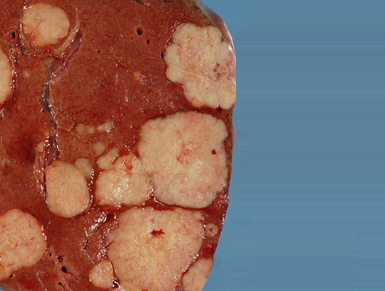
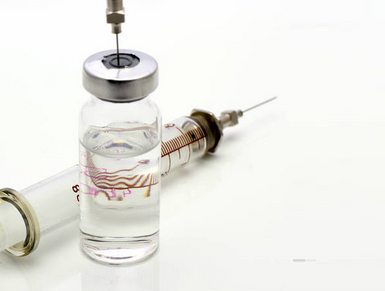
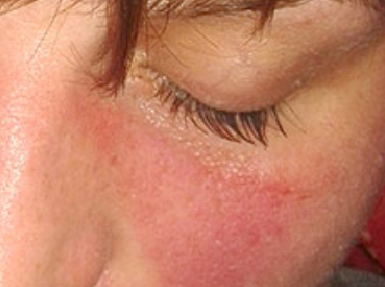
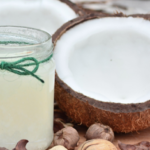

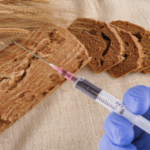
























Adicionar Comentário